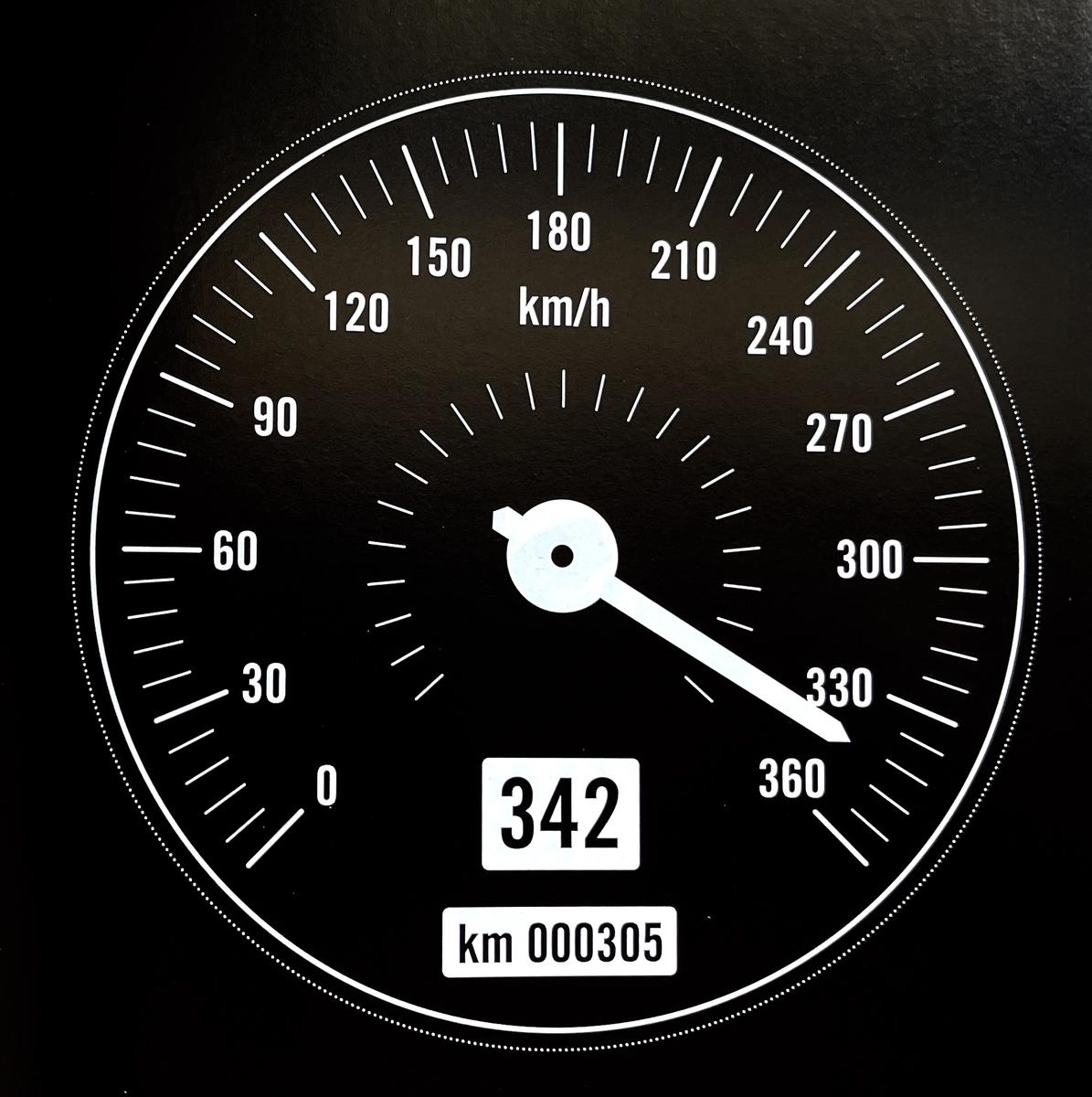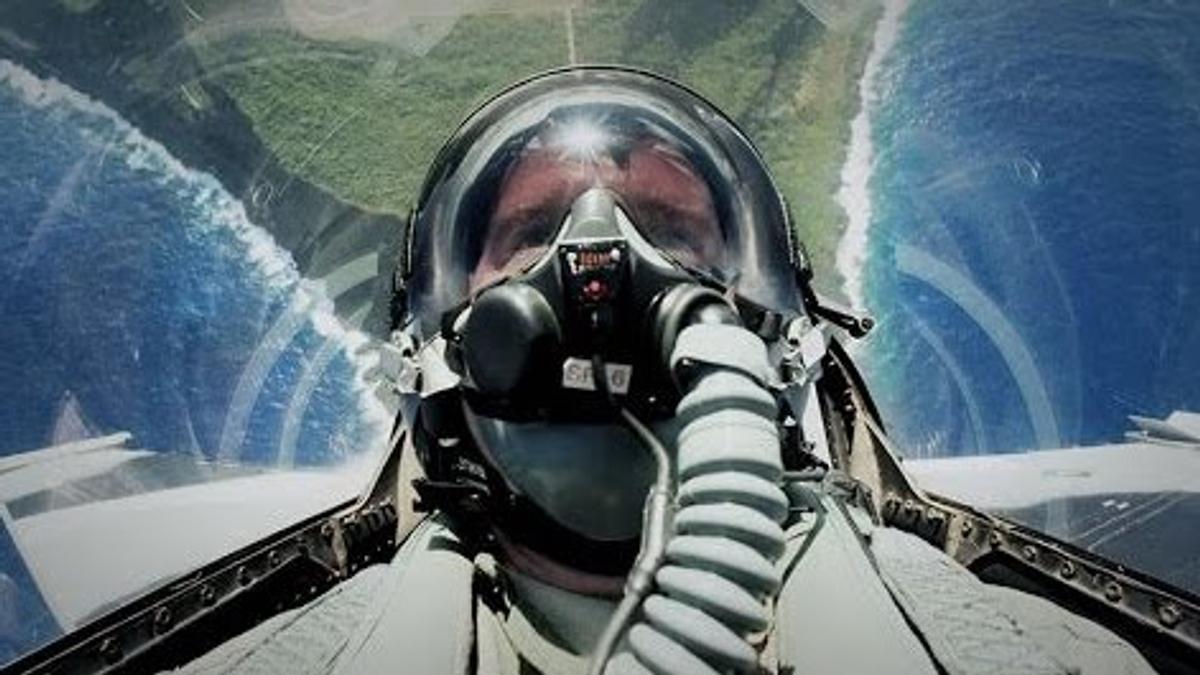Mind Blown

Formula 1 drivers lose up to five kilograms per race.
The sport of Formula 1 racing is all about extremes. The drivers' world features extreme speeds, extreme danger, extreme travel, extreme egos, extreme money and, more surprisingly, extreme weight loss. A driver can lose five kilograms during a two-hour race! This is all water lost through sweating, thanks to extreme heat. On average, temperatures in the cockpit reach a sweltering 50°C!
It doesn't help that F1 drivers have two layers of clothing: they wear a fire-retardant suit under their racing suit. But safety comes before comfort.
Such severe water loss can impact a driver's physical and psychological abilities, not ideal when hurtling around a racetrack at speeds of up to 350 km/hour. This is why drivers attempt to keep their fluid levels in check. They drink a lot of water before and during every race.
F1 car cockpits have water bottles with a pipe that goes directly through the driver's helmet, they can slowly sip water with mineral salts to combat the inevitable dehydration.
As well as the heat, drivers experience high g-forces during a race. They can hit 5gs while braking, 2gs while accelerating, and between 4gs and 6gs while cornering. This would be like 30 kilograms of force pulling their head to the side.
The deceleration experienced by an F1driver is the equivalent of driving a car straight through a brick wall. Ouch.
The strain a driver's body is subjected to only increases their energy consumption and adds to the staggering weight loss.
PS: I once won a year's supply of Wheet Bix for explaining the g-forces that impact on a race car driver on Newstalk ZB.
Another way of thinking about it is if I normally weigh 90 kgs, 6Gs will make me feel like I weigh 540 kgs. Think how heavy each limb will therefore feel, and how much more work I have to do to move that weight.
Extra Info Just Because:
The swooping, sickening sensations you experience on a roller coaster come courtesy of brief g-forces of up to 5 g. Rides have to be designed so people don’t black-out.
Our tolerance of g-forces depends not only on the magnitude and duration of the acceleration or deceleration but also on the orientation of our body. We are most vulnerable to a force acting towards the feet because this sends blood away from the brain. Five to 10 seconds at 4 to 5 g vertically typically leads to tunnel vision and then loss of consciousness.
Fighter jets can pull up to 9 g vertically, and the more a pilot can take without blacking out, the better their chances in a dogfight. Some pilots wear “g-suits” which help push the blood away from their legs and towards the brain. People with the highest g tolerance are known as “g-monsters”. “We have had people who have been perfectly conscious at 6 g,” says physiologist Alec Stevenson of UK-based defence firm Qinetiq. Others pass out at 3 g, he says.
Pilots can boost their natural g tolerance by training inside centrifuges. They learn to tense their leg and abdominal muscles to push blood to the upper body, and to breathe in a special way, straining hard to raise blood pressure.


